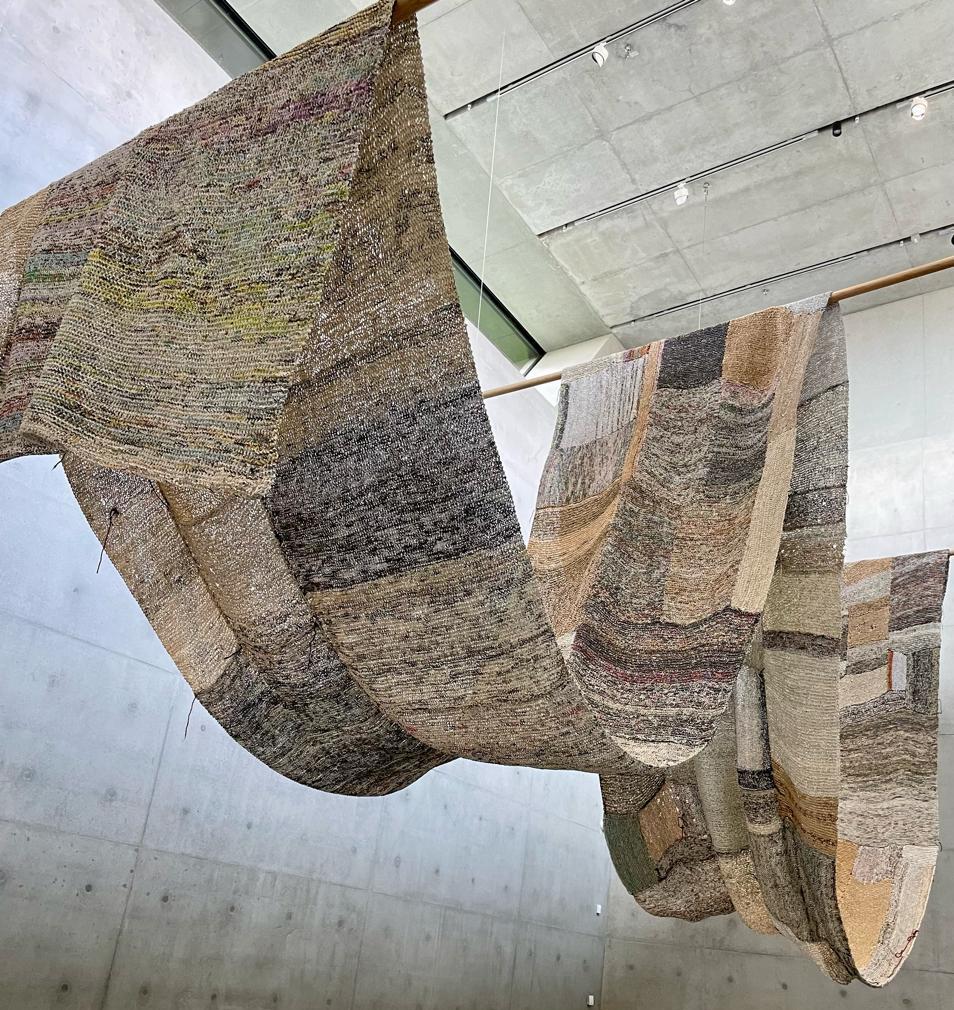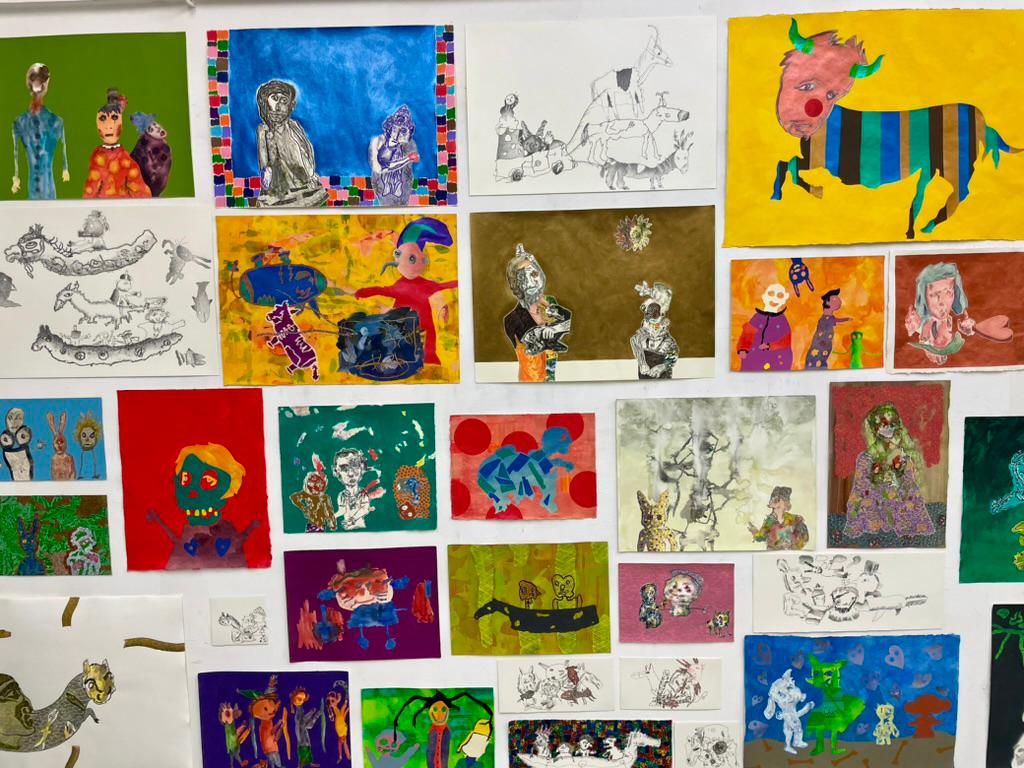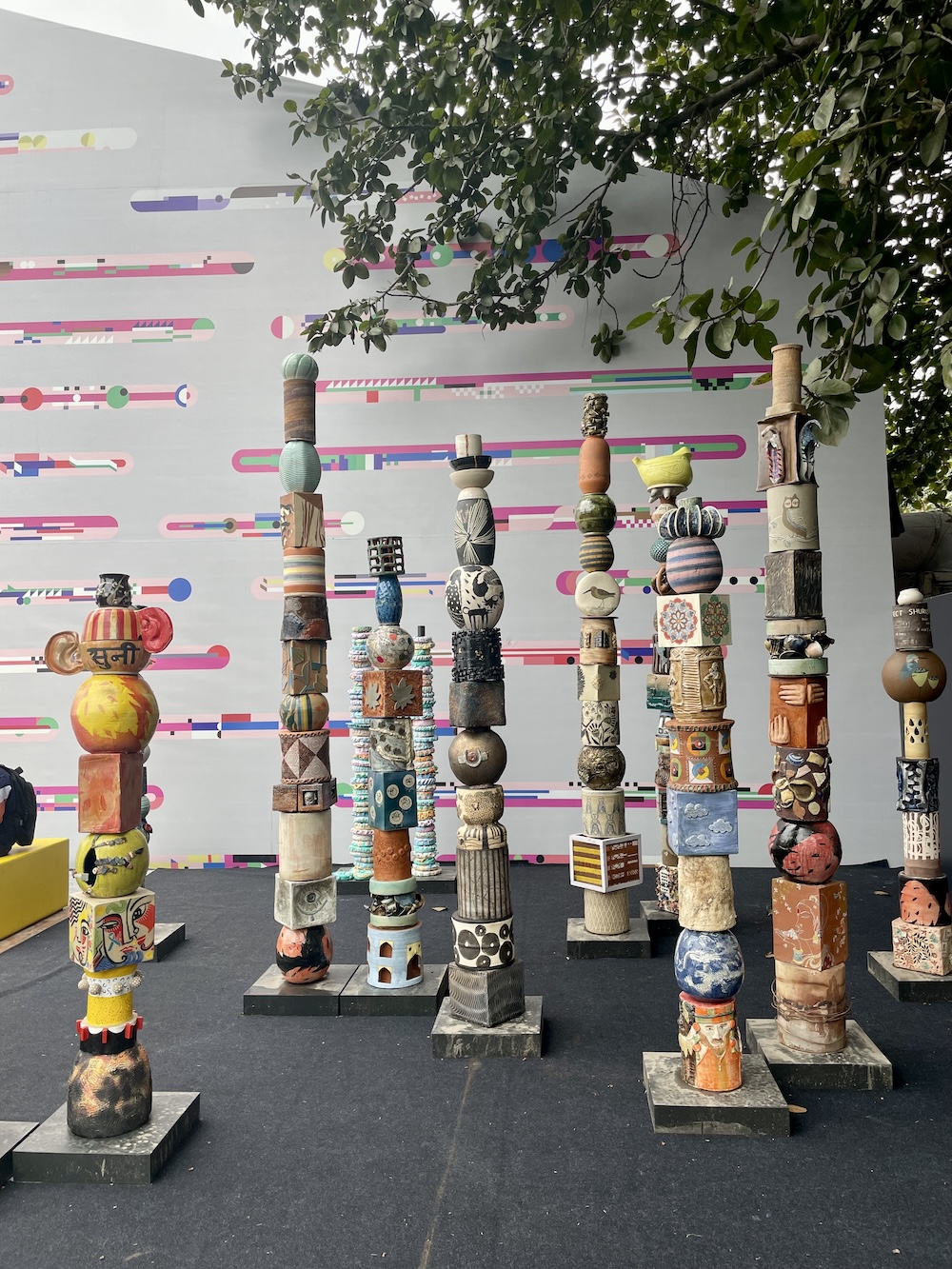The art market serves as a vital barometer and resource for collectors and businesses engaging with art and artists. It reveals trends and critical insights, highlighting ongoing developments and emerging opportunities. Comprehensive analysis and evaluation of new reports are crucial for adapting to fluctuating demands, shifting tastes, and staying abreast of technological innovations in a dynamic market. In April 2023, the latest UBS Art Basel Report was released, encompassing findings from primary and secondary markets, online sales, and statistics from underlying structures. We present four key insights to inform purchasing decisions and provide a broader understanding of an often-opaque environment.
1. Global Art Sales Grew – But Not as Expected
Despite multiple crises, the art market saw a modest 3% growth in annual sales. While this is a positive change compared to the pandemic years of 2019 and 2020, which saw declines of -5% and -22% respectively, the 31% growth in 2021 (due to post-pandemic effects) indicates that 2022 was not as strong as anticipated.
Annual Change in Sales 2009-2022
No Data Found
2. Online Sales Declined – But Remain Above Long-term Trend
The feasibility of purchasing art without physically visiting a gallery has been a topic of much debate in recent years. Prior to 2019, online art sales significantly lagged behind traditional retail. However, the pandemic prompted a surge in online sales, reaching $13.3 billion. This trend reversed in 2022, with sales dropping to $11 billion, though still considerably higher than pre-pandemic levels.
Online Sales in the Global Art Market 2013-2022
3. Collector Spending Patterns Remain Conservative
The art market offers various avenues for acquiring artworks. Although there is a growing trend of artists and collectors becoming independent of traditional structures like galleries and auction houses, the majority of art acquisitions still occur through these intermediaries. It remains to be seen if independent artists and alternative sales channels will gain traction in the coming years.
Spending
4. NFT-related Sales Dropped Significantly
Although NFTs (non-fungible tokens) caused a frenzy in the art world, sales of these digital authenticity tokens have sharply declined to under $200 million – down from nearly $1 billion in August 2021. The hype surrounding NFT art appears to have subsided for now. Nonetheless, it will be fascinating to see if NFTs continue to serve as digital authentication for both physical and digital artworks.
Summary
In summary, the art market’s developments seem to still be influenced by pandemic-related fluctuations and are gradually stabilizing. Several areas are experiencing minor reversals, but it is uncertain whether these represent significant changes or temporary trends. Previously hyped trends, particularly the adoption of digital innovations in the art market, seem to be waning. Whether this shift reflects a reaction to excessive time at home or a lasting desire to return to physical spaces will be a critical aspect to observe in this year’s market.






